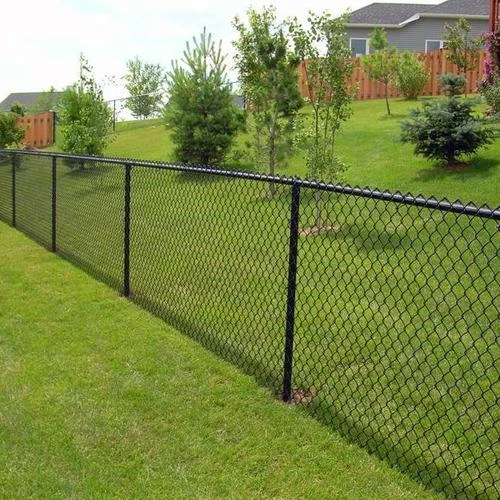In recent years, the use of gabion walls in river engineering has gained significant traction due to their practical benefits and ecological compatibility. Gabion walls are essentially wire baskets filled with materials such as rocks, concrete, or sand, strategically placed to support and protect riverbanks or manage river flow. Their application extends beyond mere structural support, embodying a synthesis of natural aesthetics and robust engineering design.

The primary advantage of gabion walls rests in their permeability and flexibility. Unlike traditional concrete barriers, gabion walls can absorb and dissipate the energy of flowing water, minimizing the impact on the river environment. This permeability ensures that water can seep through, reducing hydraulic pressure and preventing erosion. As rivers are dynamic systems, their banks are subject to constant change; the flexibility of gabion walls allows them to endure such alterations without compromising their structural integrity.
From a construction perspective,
gabion walls are notably cost-effective. The materials used—typically locally sourced stones—are often less expensive compared to traditional construction materials. Furthermore, the simplicity of their design eliminates the need for specialized labor or heavy machinery, which can dramatically cut down project costs. This simplicity also translates into ease and speed of installation, even in remote or difficult-to-access areas, enhancing their appeal for various projects.

The ecological benefits of gabion walls are substantial. Their design naturally accommodates vegetation growth, promoting a habitat for aquatic and terrestrial species alike. This integration with the surrounding environment not only stabilizes the riverbanks but also contributes to biodiversity. Over time, the vegetated gabions blend seamlessly into the landscape, providing a more visually appealing alternative to stark concrete walls.
In flood-prone areas, gabion walls play a critical role in flood management strategies. By stabilizing riverbanks and redirecting flow, they mitigate the risk of flooding, protecting communities and agricultural land. The modular nature of gabion systems allows for incremental construction, enabling engineers to tailor designs to specific flood scenarios and adjust as needed over time.
gabion wall in river
However, the success of a gabion wall project hinges on expert design and implementation. When poorly engineered, these structures can potentially lead to riverbank instability and habitat disruption. Expertise in hydrodynamic analysis is essential to understand river behaviors fully and to create designs that will accommodate fluctuations in river levels or sudden changes in water flow. Moreover, understanding sediment transport and deposition is crucial to ensure that the gabion wall will not inadvertently alter the river's natural sediment balance.
To ensure project success, it is vital to engage experienced professionals with a deep understanding of both engineering principles and ecological considerations. These experts bring a wealth of knowledge in materials science, structural engineering, and environmental science, allowing for tailored solutions that address both immediate engineering challenges and long-term ecological impacts.
Building a gabion wall in a river setting is more than just an engineering challenge; it is a commitment to sustainable development. By employing materials that work with—rather than against—the natural environment, and by relying on designs that promote longevity and adaptability, gabion wall projects contribute to a more sustainable interaction between human developments and river ecosystems.
In the realm of product innovation, ongoing research continues to refine gabion technology. Enhancements such as the use of eco-friendly coatings increase the durability of wire baskets, while innovative filler materials improve structural stability and environmental performance. Additionally, advancements in design software provide engineers with powerful tools to simulate and predict river behaviors, leading to more accurate and reliable gabion wall projects.
In conclusion, gabion walls in rivers stand as a testament to the fusion of engineering prowess and environmental stewardship. Their adaptable nature, ecological benefits, and cost-effectiveness offer an attractive solution for riverbank stabilization and flood management. As our understanding of river ecosystems deepens and our engineering tools become more sophisticated, gabion walls will undoubtedly continue to evolve, offering a frontier of opportunities for creating harmonious human-nature interactions.
 TEL:
+86-13102802206
TEL:
+86-13102802206
 Email:
fencenetting@china.com
Email:
fencenetting@china.com
 Language
Language
 TEL:
+86-13102802206
TEL:
+86-13102802206
 Email:
fencenetting@china.com
Email:
fencenetting@china.com
 Language
Language



